Autumnal weather is slowly but steadily making its presence felt in our surroundings, intensifying the monotony and nostalgic mood. Similar changes can be observed in Microsoft's business solutions. After the summer updates and those introduced in the significant wave of updates - Release Wave 2 2023 - the Redmond giant seems to have slightly slowed down. However, this does not mean that it has stopped improving and enhancing its cloud services for businesses. In this installment of our "What's New in Microsoft Business Applications" series, we focus on the changes announced last month.
New Version of Microsoft Teams Application
At the beginning of October, Microsoft announced the launch of a new version of the Microsoft Teams client for Windows and Mac, including clients representing the educational sector. Importantly, no migration is required - users will be automatically onboarded to the new version in the coming months. And if someone already has the appropriate slider in the upper left corner of the application, simply slide it to check how the new version works.

With the new version of Teams, Microsoft has improved the application's performance - it runs smoother and faster. And not just on Windows devices - many enhancements have been made for Mac OS users as well. Additionally, new features have been added, such as automatic light or dark mode (based on the computer's system settings) and multi-tenancy, which allows working in multiple organizations (up to 5) simultaneously without the need to switch between them. We wrote more about the latter in the August updates. It's worth trying out, and we encourage you to test it.
Power BI Integration with OneDrive and SharePoint Online
Quite early, before the end of the month, a summary of changes and new features introduced in October was published for Power BI. One of the more interesting changes is the improvement of integration with OneDrive for Business and SharePoint Online, which was announced as a preview in May of this year. Specifically, it is now possible to open Power BI reports stored in OneDrive and SharePoint directly from the "Files" tab, save files directly in these services, and share them from within Power BI Desktop.
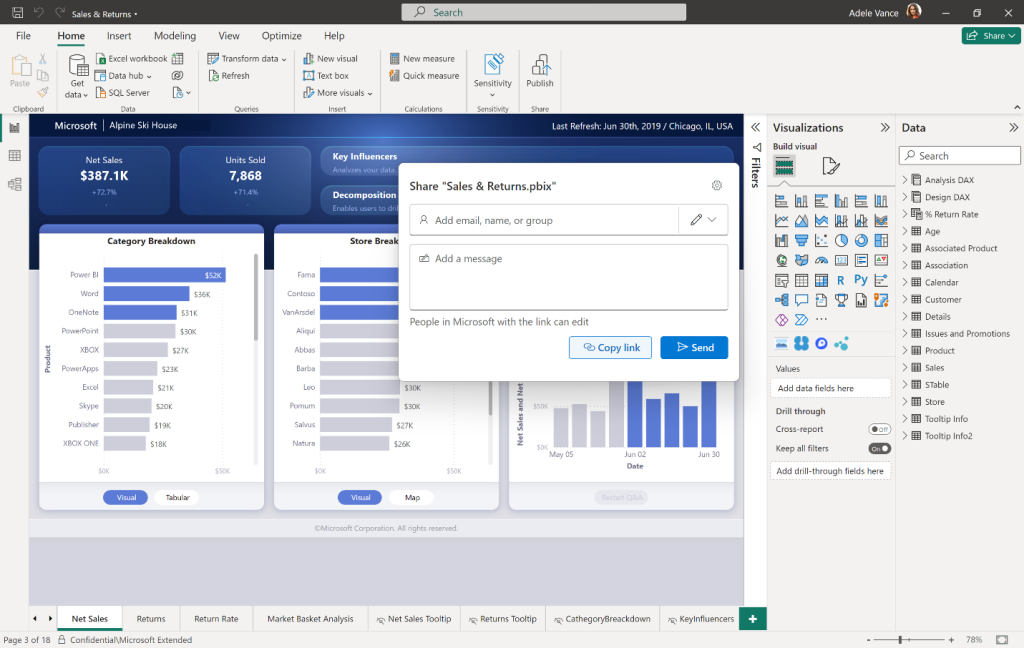
The changes may seem minor, but they definitely make daily work easier. For example, you can now open Power BI reports stored in OneDrive and SharePoint directly in a web browser. Previously, to view a report, you had to download it from SharePoint and have the Power BI client installed. If you didn't have it, you needed to download and install Power BI Desktop. Thanks to this change, users can work with interactive reports within seconds.
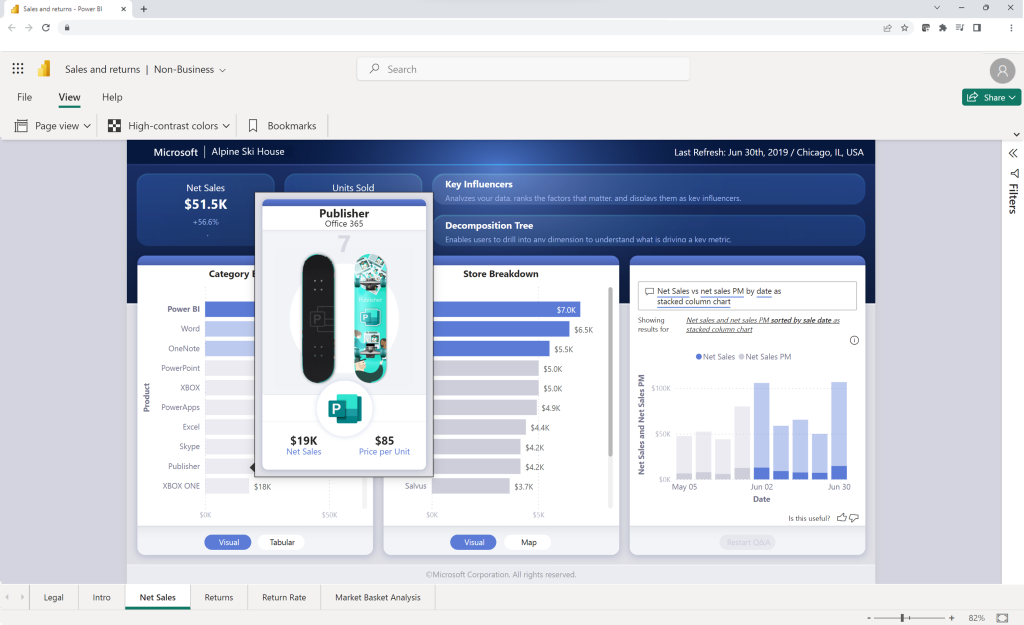
Of course, if the new features prove to be bothersome or unnecessary, as per Microsoft's information, they can be disabled.
New Interactions on Objects
Another noteworthy change that concerns Power BI is another set of new interactions on objects (in preview). The first one relates to situations where working with dates, specifically when you want to change/switch the hierarchy in the "raw" date field. This could be done and still can be done by right-clicking directly on the date field:
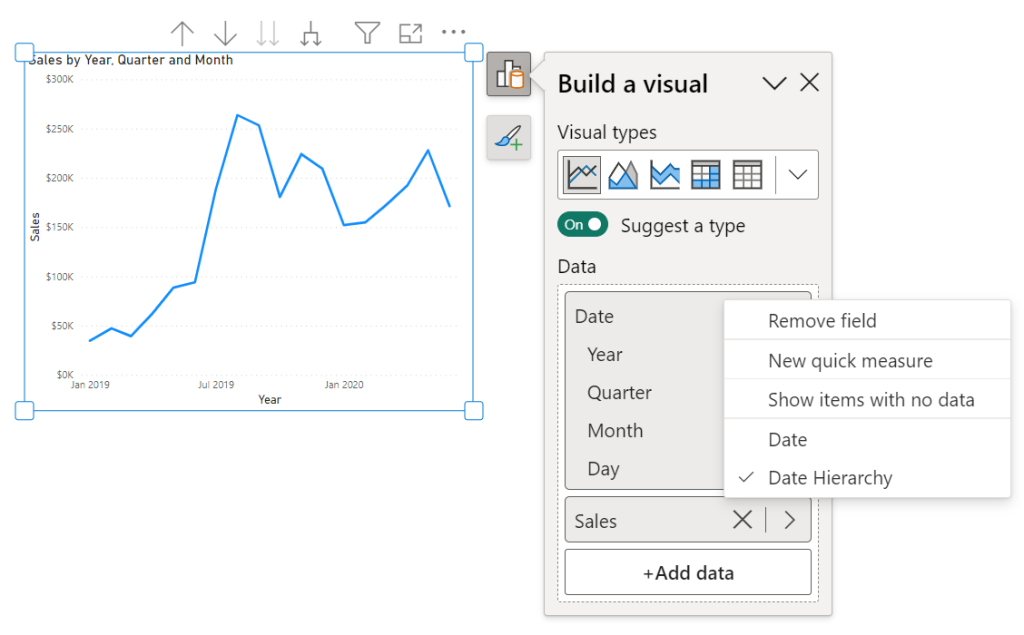
With the introduction of new enhancements, you can now perform this action through the "Data" section within a few seconds:
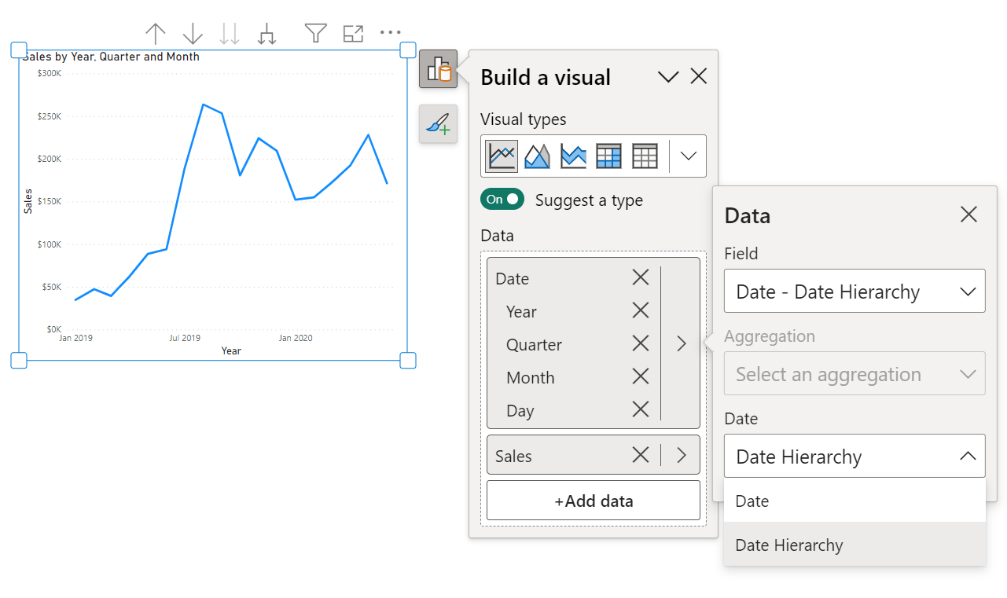
In addition to that, Microsoft has introduced the ability to format the ribbon and funnel chart objects within your reports:
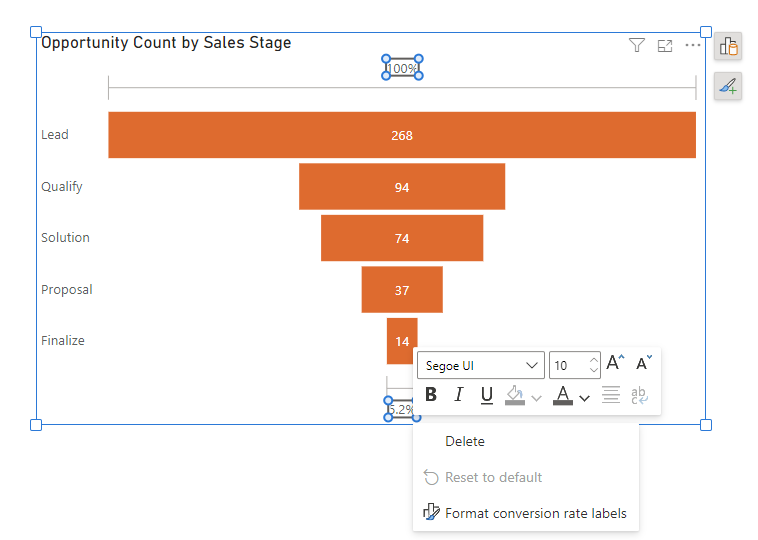
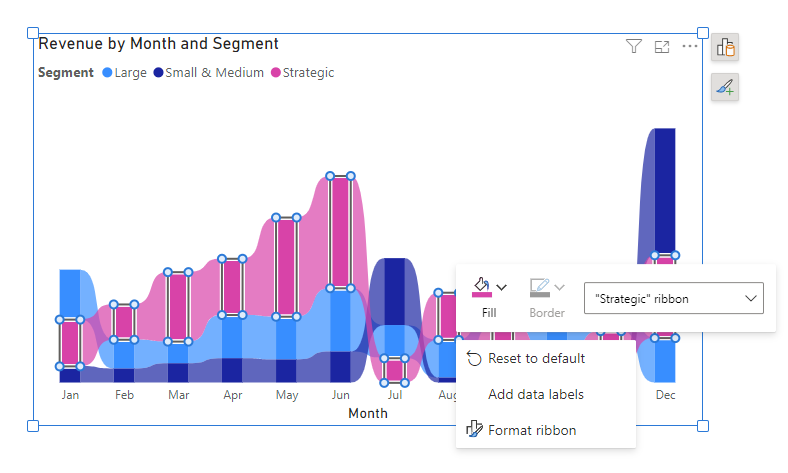
Power Apps - Refreshed Interface for Model-Driven Apps
The modern look of model-driven apps, which can be created using the Power Apps service, has become generally available. It is designed to be easier, more user-friendly, and more visually appealing. Whether these changes have indeed made a positive impact on the interface is subjective and may vary from case to case. In many cases, the changes do improve the interface, which, in some cases, was less than ideal. Changes can be seen in:
- The ribbon:

- Pages:
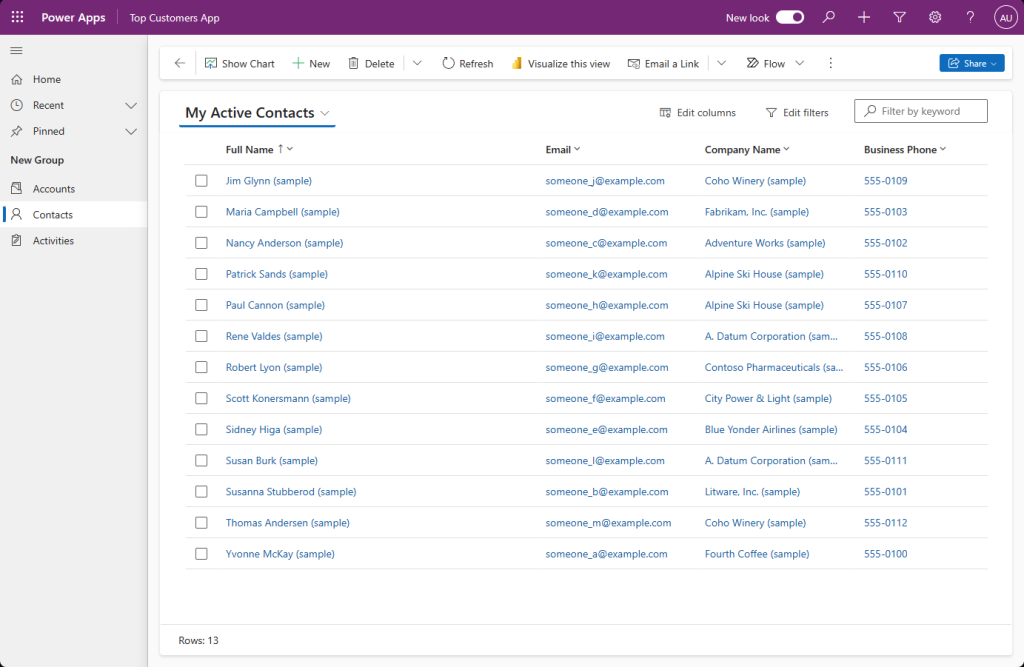
- Form pages:
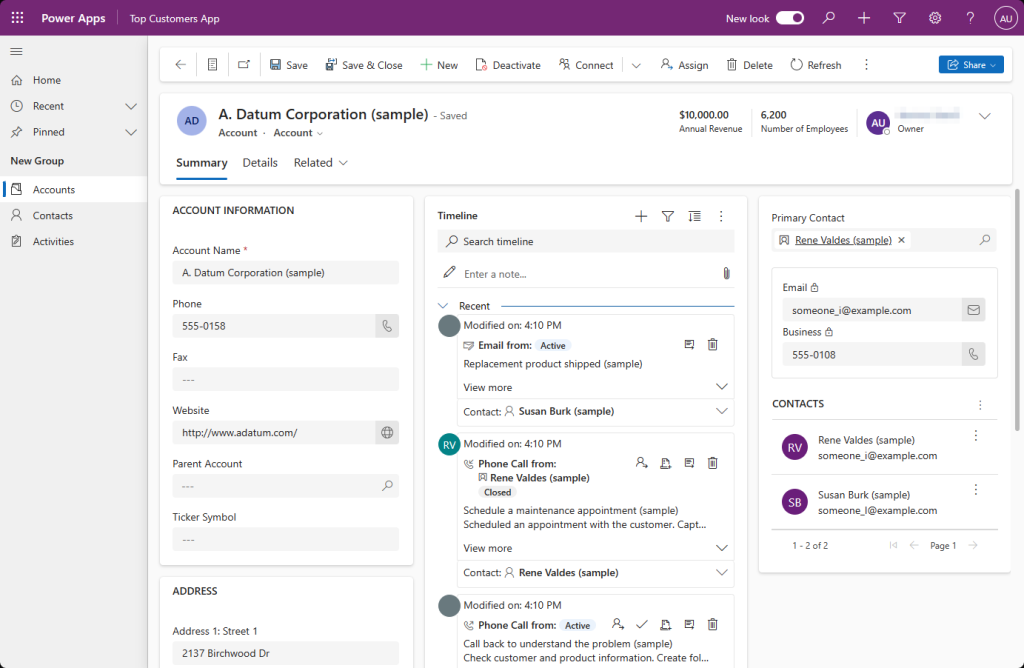
- Dashboards:
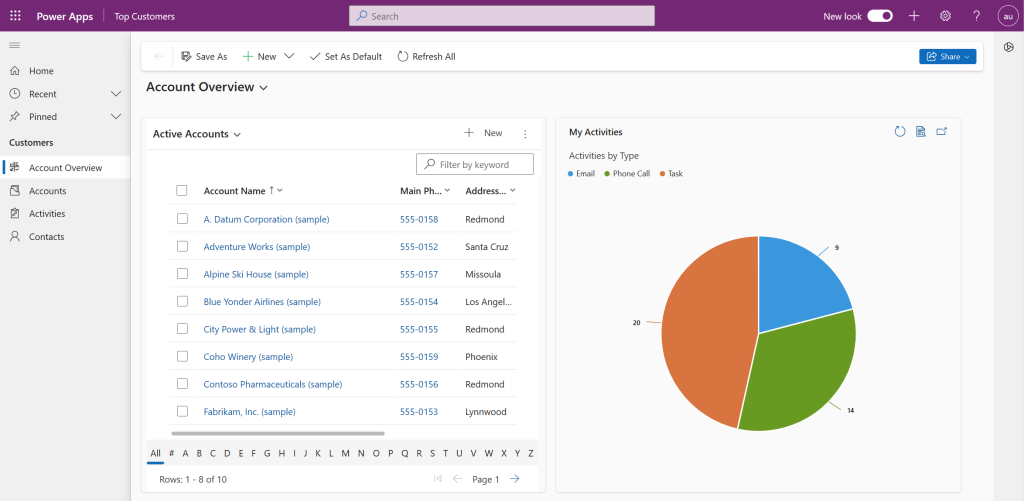
Security Copilot - Enhanced and Available in the Early Access Program
A month without Artificial Intelligence (AI) would be a month wasted. While Microsoft announced the deployment of its AI assistant - Copilot - in the Security area back in March 2023, we can now test it. Of course, participation in the Early Access Program is required to do so. Nevertheless, the results of a survey conducted by Microsoft on preview customers are promising. Respondents reported that Security Copilot helps save up to 40% of the time spent by the security department on operational tasks. Furthermore, with the announcement of the program, the interface and functionality of the solution have been integrated into Microsoft 365 Defender, allowing administrators to have everything in one place. Additionally, functionalities that are available in another separately paid product - Microsoft Defender Threat Intelligence - will be available for free in Security Copilot.
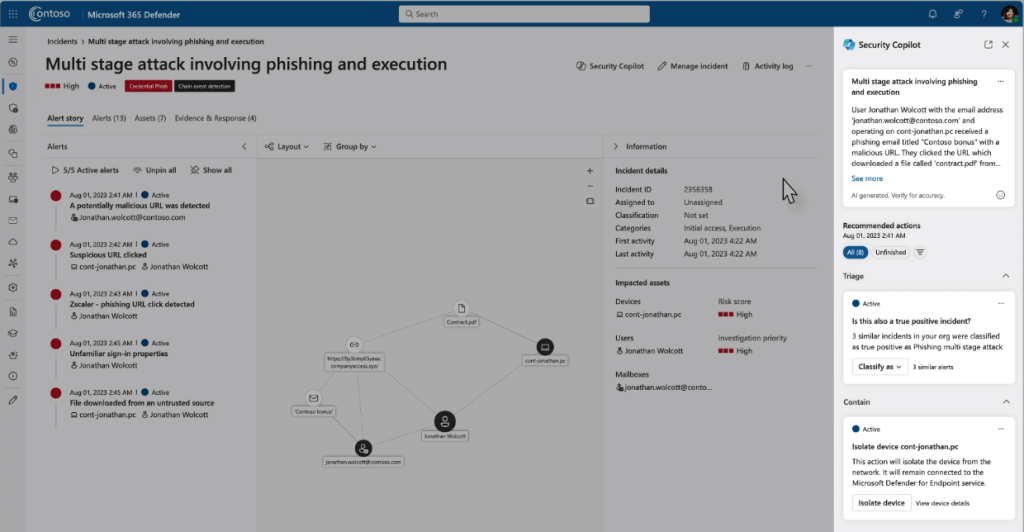
Discover how the new features and changes introduced by Microsoft in its cloud services can impact your company's operations and improve user convenience - schedule a free consultation with our advisor by filling out the form at the bottom of the page!